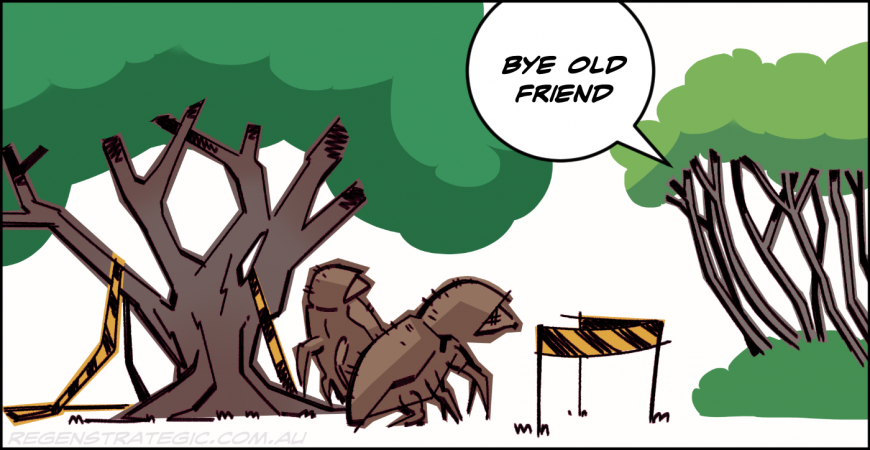The commencement of works to remove 180 Hyde Park trees infested with the polyphagous shot-hole borer is an emotional experience for locals.
A year ago, authorities said they had detected the borer in five Hyde Park trees, so you can understand the disappointment the outbreak hasn’t been contained.
Once inside a tree, the borer is very difficult to treat, meaning amputation or death for the more than 100 species identified in WA as preferred hosts, including the Morton Bay figs prominent in Hyde Park.
My late Nan talked of spending her wedding night under these trees, unable to afford a honeymoon after marrying at the Sacred Heart church in the 1920s. My Mum recalls picnicking under the trees when at Sacred Heart school in the 1950s. My daughters have celebrated birthdays and learned to ride their bikes under the same trees.
But, well before the introduction of the Morton Bay figs, Hyde Park was known as Boodjamooling - a traditional wetland campsite, where local Wadjuk people caught fish and turtles, using the large paperbark trees for shelter. Sadly, paperbark trees will also be removed from Hyde Park, proving just as susceptible to the borer as the Morton Bay fig.
Given the potential impacts of the shot-hole borer to Perth’s already limited urban canopy, native wetlands and food producing trees like avocado and macadamia, the threat posed by the borer to Western Australia’s environment, economy and way of life may be bigger than many people think.
Let’s hope the Department of Primary Industries and Regional Development’s (DPIRD) current quarantine and public education measures are effective.
This article also appeared in The West Australian newspaper.
 ReGen Strategic
ReGen Strategic